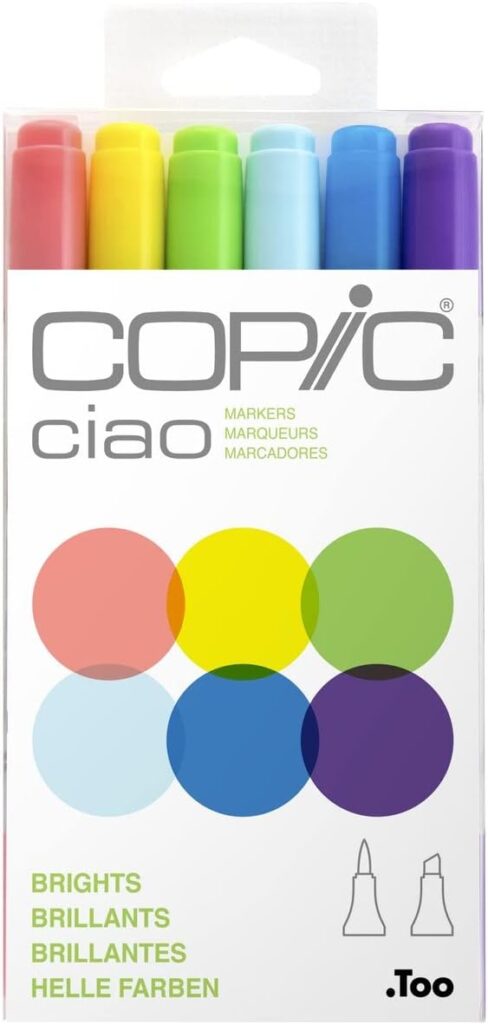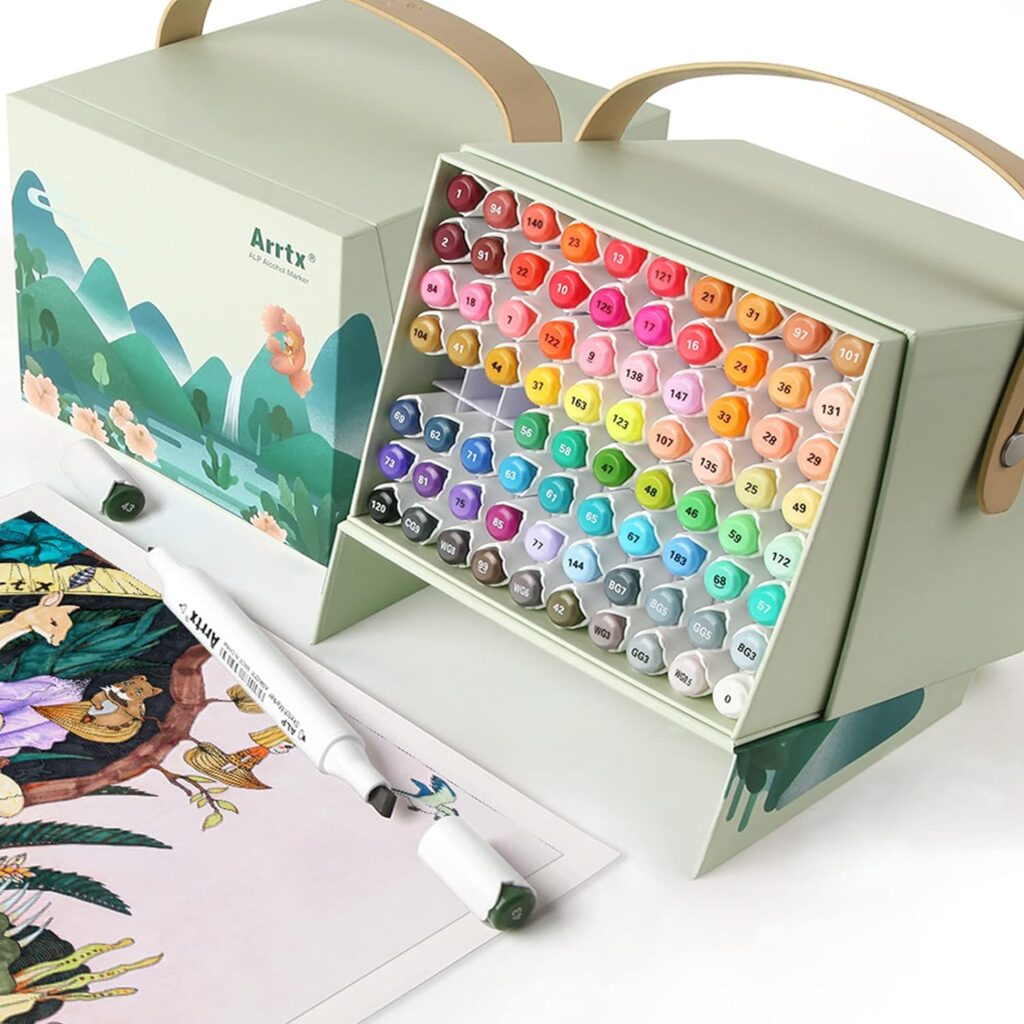If you’re passionate about creating art with markers but don’t know where to begin, this guide is perfect for you. I’ll explore everything you need to know to get started with markers, helping you confidently select the ones that best meet your artistic needs. I’ll discuss brands, blending, tip shapes, costs, and the key differences between water-based and alcohol-based markers. Additionally, I’ll share my top recommendations for the best markers across various budgets.
Hi, I’m Amy, and in this article, my aim is to guide you on your new creative journey. Using markers is a fun and fulfilling activity suitable for artists of all ages. Even if you haven’t used markers since childhood, you’ll be amazed to learn that they can be used to create professional-quality art. I’ve created many coloring books, extensively illustrated, and experimented with markers, building a collection of over many markers from various brands. I’m excited to share all my insights with you. So, let’s dive in!

Types of Markers: Water-Based vs. Alcohol-Based
Understanding the types of markers is crucial before starting your art journey. The two main types are water-based and alcohol-based markers. Each type has unique qualities and characteristics, requiring different techniques and performing best on specific paper types.
What Makes Them Different?
Markers typically contain dyes suspended in a solvent, either water or alcohol. When you apply the marker to paper, the solvent evaporates, leaving behind the color. The solvent type impacts the marker’s cost, blendability, and permanence.
Water-Based Markers
Water-based markers are generally more affordable. For instance, Ohuhu offers a set of 120 water-based markers, while their alcohol markers set is more expensive. Although cheaper, high-quality water-based markers designed for professional artists are available.
Alcohol-Based Markers
Alcohol markers tend to offer a wider color range and are often refillable, which can be cost-effective in the long run. Alcohol markers dry faster due to quicker evaporation and are typically more fade-resistant.
Choosing the Right Markers
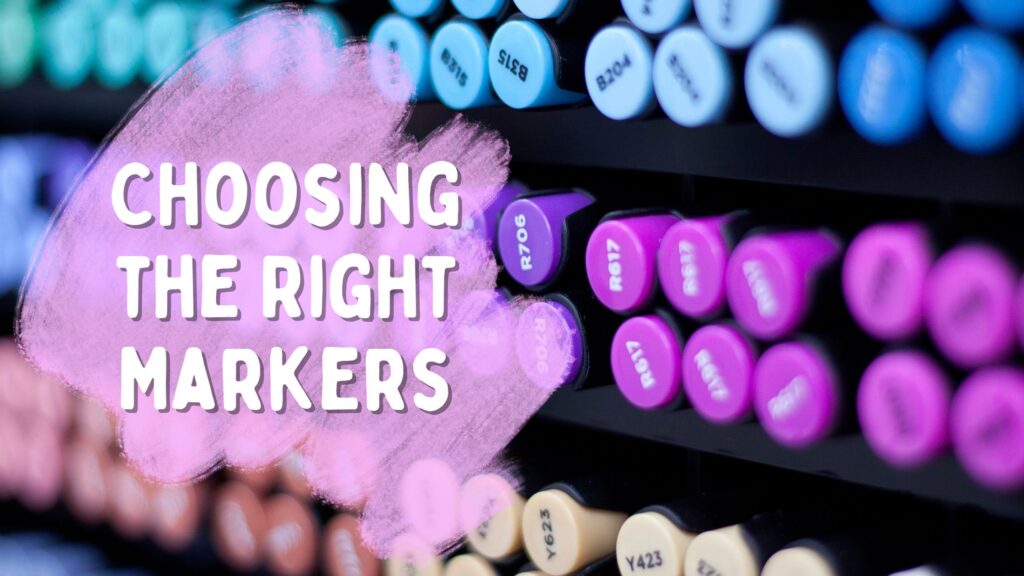
Your choice of markers largely depends on personal preference and the type of art you want to create. Here are some points to consider:
- Cost: Water-based markers are usually cheaper.
- Color Range: Alcohol markers offer more colors.
- Refillability: Alcohol markers are often refillable.
- Drying Time: Alcohol markers dry faster.
- Odor: Some alcohol markers have a strong smell.
- Availability: Water-based markers are more commonly available in general stores.
Marker Tips and Their Uses
Markers come with various tip shapes, each serving different purposes. The most common tip shapes are brush tips, chisel tips, fine tips, and bullet tips.
Brush Tips
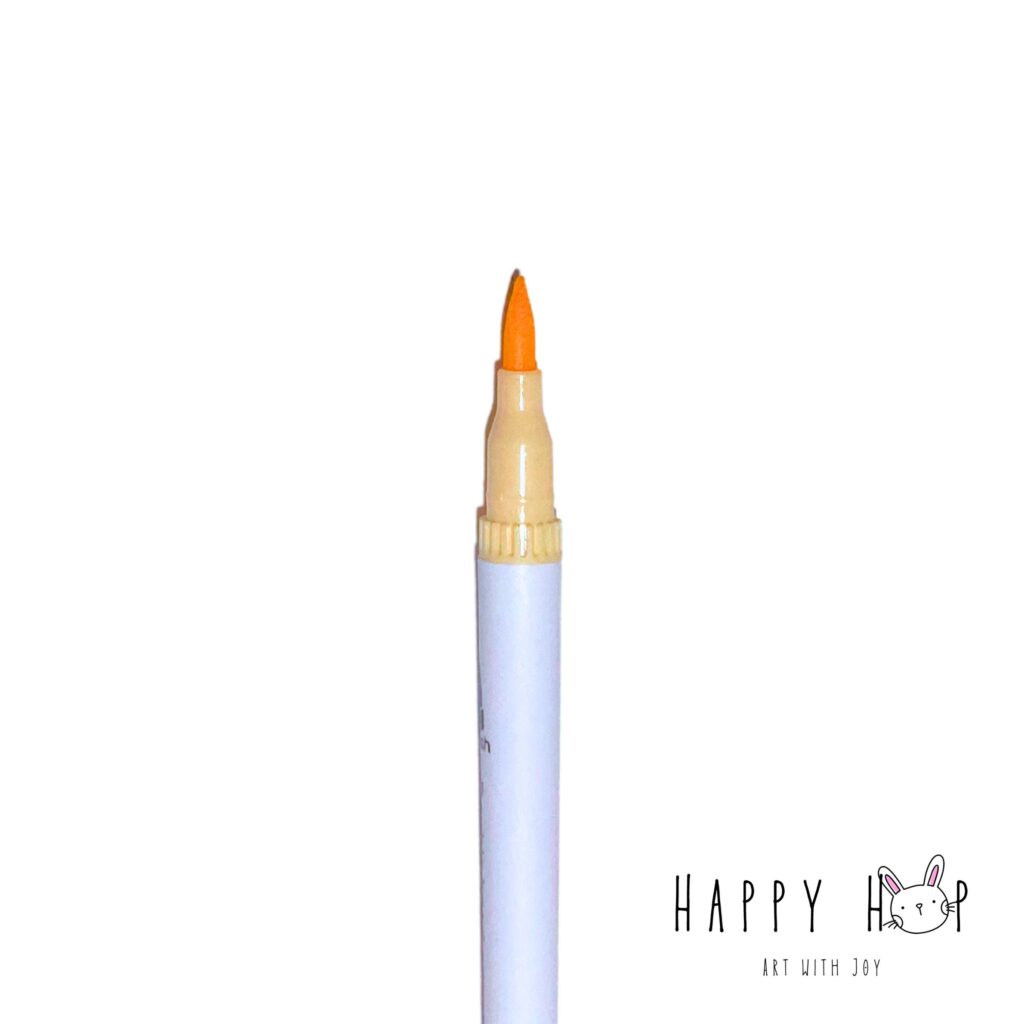
Brush tips are versatile and can create thin or thick lines depending on the pressure applied. They are excellent for blending.
Chisel Tips
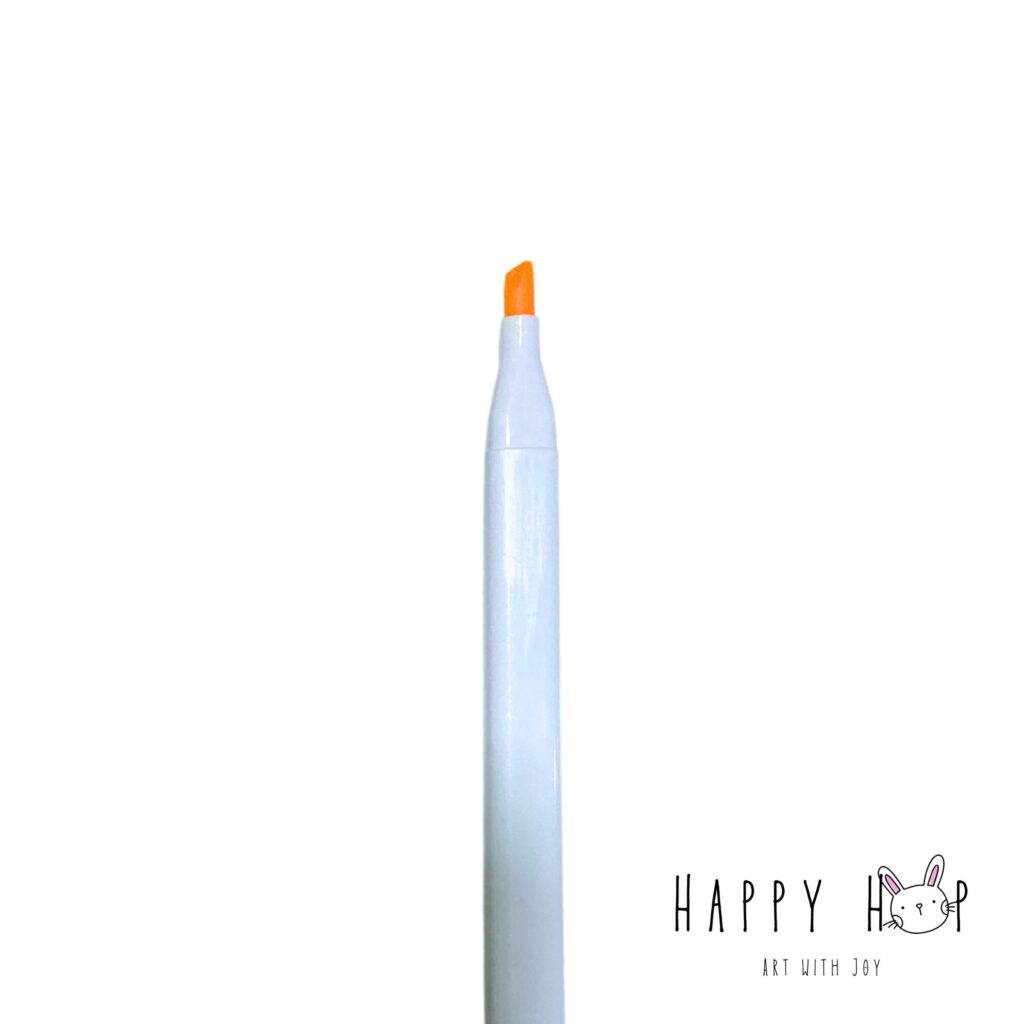
Chisel tips have a broad, slanted edge ideal for making broad strokes or detailed lines.
Fine Tips
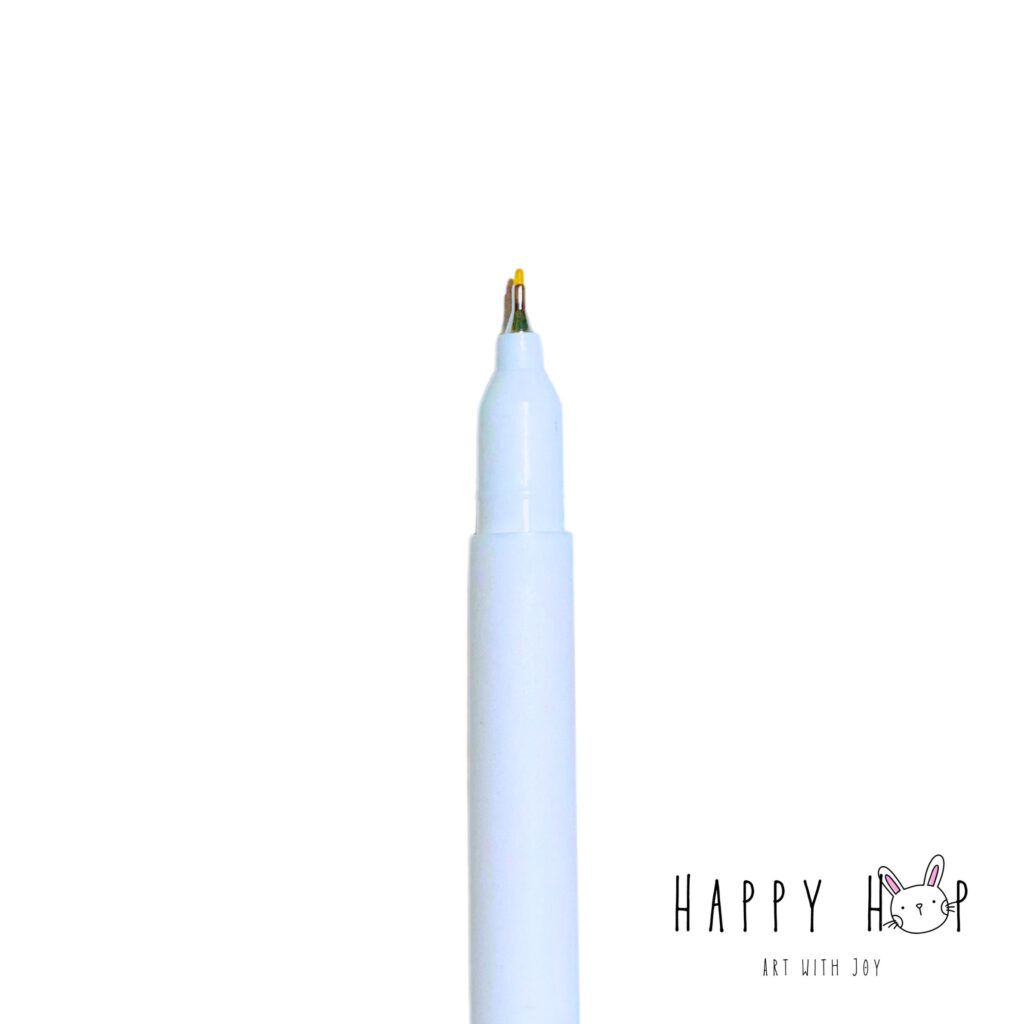
Fine tips, or fine liners, have a thin point perfect for detail work and outlining.
Bullet Tips
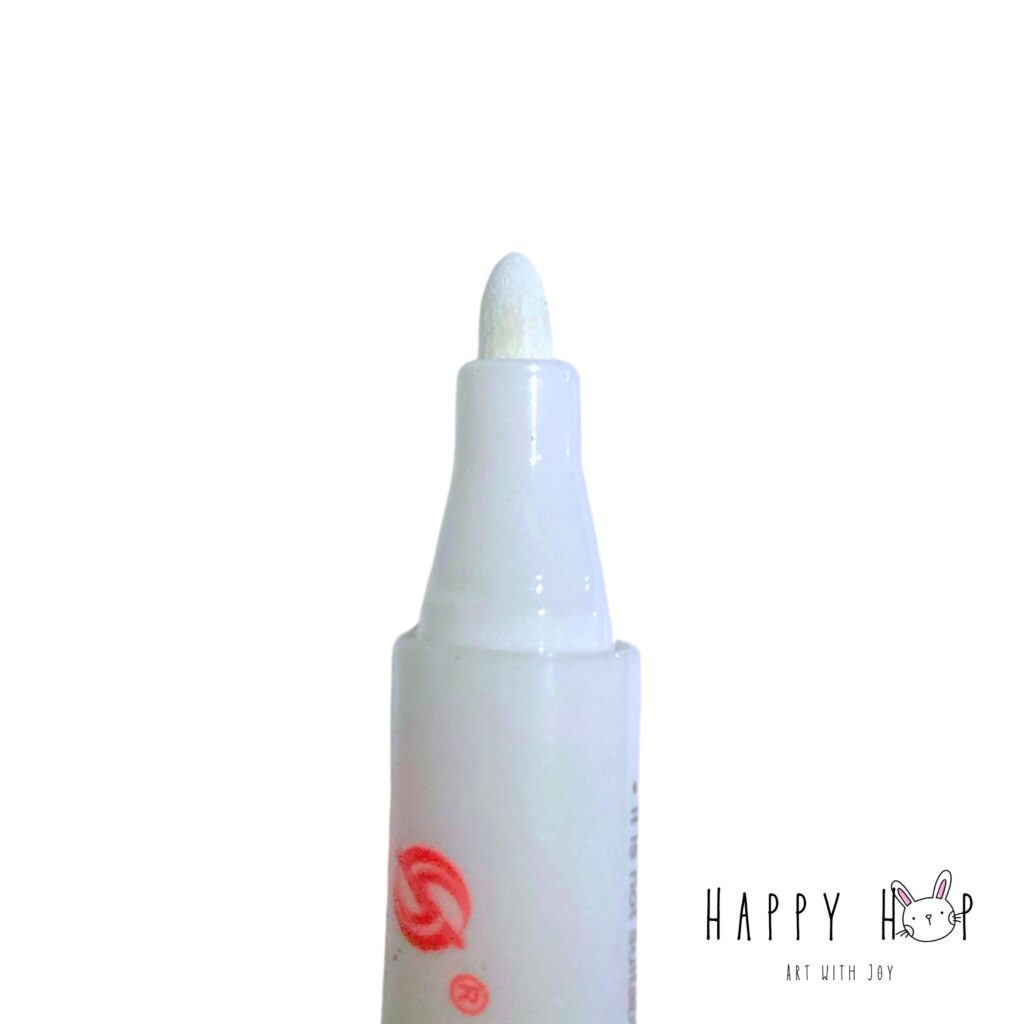
Bullet tips are thick and conical, suitable for general-purpose coloring.
Blending Techniques
Blending is a crucial technique that can elevate your marker art. Here’s how you can blend with different markers:
Water-Based Markers
Blending with water-based markers often requires a paintbrush and water or a special blending marker. For instance, Tombow water-based markers come with a clear blender pen filled with a blending solution.
Alcohol-Based Markers
The simplest way to blend alcohol markers is to layer colors while the ink is still wet, known as “working wet on wet.” You can also use a blender pen, which is filled with a colorless alcohol solution to move the color around on the paper. Additionally, using a palette for blending by scribbling the marker on a non-porous surface and picking up the color with another marker can be effective.
Paper Types for Markers
Choosing the right paper type is essential for optimal results:
- Water-Based Markers: Best used on watercolor paper or any paper suitable for wet media.
- Alcohol-Based Markers: Perform well on marker paper, Bristol board, or cardstock.
Brand Recommendations
Based on my experience, here are some brand recommendations:
Alcohol Markers
Prismacolor
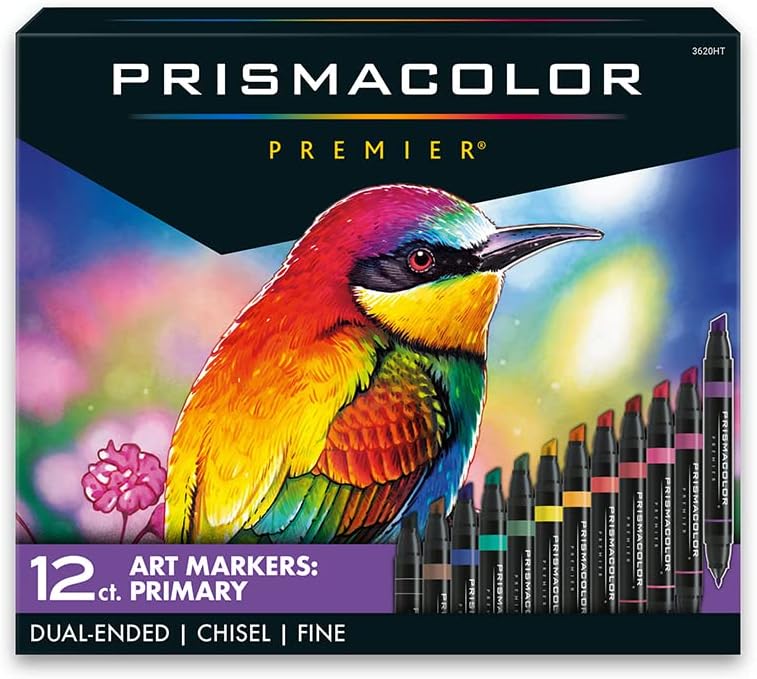
High-performance dual-ended art markers featuring fine and chisel tips for versatile line widths. The rich dye-based ink provides vibrant colors with consistent saturation from both ends. The markers are non-toxic and alcohol-based for safe use, and conveniently lock together for easy color retrieval.
Water-Based Markers
- Tombow Dual Brush Pens: Versatile and available in a wide range of colors.
- Other Brands: Ohuhu, Akashiya Sai, Sakura Koi, Faber-Castell Pitt Artist Pens.
Conclusion
Practice and experimentation are key to mastering marker art. Try different techniques, blend colors, and don’t be afraid to make mistakes. That’s how you learn and grow as an artist. I hope this guide has provided you with a solid understanding of markers and inspired you to start your marker art journey. If you have any questions or want to share your marker art, leave a comment below. I’d love to see what you create!


